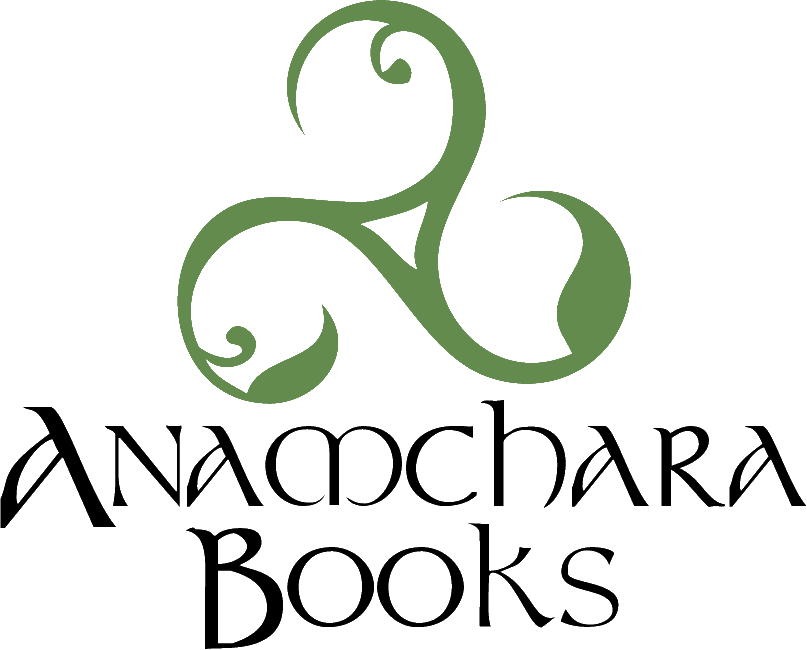Merlin: The Sacred Madman by Kenneth McIntosh
/In Magic Reversed I portray the wizard Merlin as an ambivalent figure: Finn and the other characters in the novel can’t decide whether he is a crazed fool or an insightful seer—and he turns out to be both of those things. He appears garbed in “a long robe of feathers and fur, with odd pieces of bark and moss woven into it.” He laughs and cackles, says things that are lewd and enigmatic, yet he provides the clues that the story’s heroes need to rescue Albion from the curse of the Undead.
When I decided to portray the famed sorcerer as half-crazed, I was faithful to the medieval legends. There are two strands of tales concerning Merlin: one tradition comes from Wales and concerns a man named Emrys, purported to live in the fifth century; another set of tales comes from Scotland and tells of a warrior-magician called Lailoken, whose exploits take place a century later than those of the Welshman Emrys. The historian Geoffrey of Monmouth wove the tales of Emrys and Lailoken together in the twelfth century, under the common designation of “Merlin.” The name Merlin is likely a title rather than a given name, after the bird of prey which is known for amazing long-distance eyesight; the merlin’s vision is a metaphor for the seer’s ability to discern future and far-off events. Both the Welsh and Scottish Merlin traditions emphasize (in different ways) the dual aspects of this wizard’s nature.
Emrys begins with a twisted sort of virgin birth. Diverse traditions credit their great figures with supernatural origins: The Buddha, Christ, and Saint Kentigern were all associated with supernatural birth stories. Emrys, however, was not conceived by a god or an angel, but by an incubus (a sexually active male demon). His mother, by contrast, is a saint and a nun—Saint Optima. Thus Merlin’s origins bestow upon him a split and paradoxical nature; he is born of a devil and a saint, with elements demonic yet sanctified.
The Scottish Merlin prototype—Lailoken—also possesses a split nature, though from more natural causes. A combatant at the battle of Arderydd (AKA Caerlaverock) in Scotland, in the year 573, he witnesses the slaughter of his king, his father, and his brothers, all in the same engagement. This utter loss drives him mad; suffering from what we would now call PTSD, he escapes into the forest. During his years of solitude, he transforms from the ordinary man Lailoken into the mystical seer Merlin. His communion with the creatures of the forest, and with the woods itself, gives him magical powers. Yet his gifts remain mingled with insanity.
What are we to make of this dual portrayal of Merlin—who is both wise guide and madman, both demonic and holy? Perhaps the dual aspects of Merlin are a way that Christian writers sought to legitimize a pagan hero; early Christian kings continued to employ Druids as their advisors. Merlin’s demonic-yet-Christian birth could be a way that later writers expressed their ambivalence toward a Celtic pagan wise man.
Merlin also fulfills an archetypal role in storytelling. The “fool” is a stock figure in sources ranging from Shakespeare to the Tarot deck; while appearing mad on the surface, this trickster addresses aspects of reality that allegedly sane characters are unwilling to confront. “The fool doth think he is wise, but the wise man knows himself to be a fool” (from As You Like It).
Psychologically, there’s an often-noted thin line between genius and madness. Great advances can only be made by pushing past the boundaries of orthodox thinking, so great innovators must appear mad by comparison with their more limited-thinking peers. History’s outstanding painters and musicians have often been eccentric in the extreme; they could not otherwise create sights and sounds beyond the realms of their contemporaries’ imaginations.
But I think Merlin the Sacred Madman is popular for a simpler reason. We are all, to quote songwriter Bruce Cockburn, “angel beasts.” We know we have a little bit of devil in us, and sometimes our horns and tail pop out in our behaviors; yet we can also be amazingly sacrificial and giving. We’ve all done things while thinking, “This is crazy.” Merlin, who is genius and fool, devil and saint, is also surprisingly ordinary. We can identify with our inner Merlin.
Kenneth McIntosh is the author of Water from an Ancient Well: Celtic Spirituality for Modern Life and Magic Reversed.




